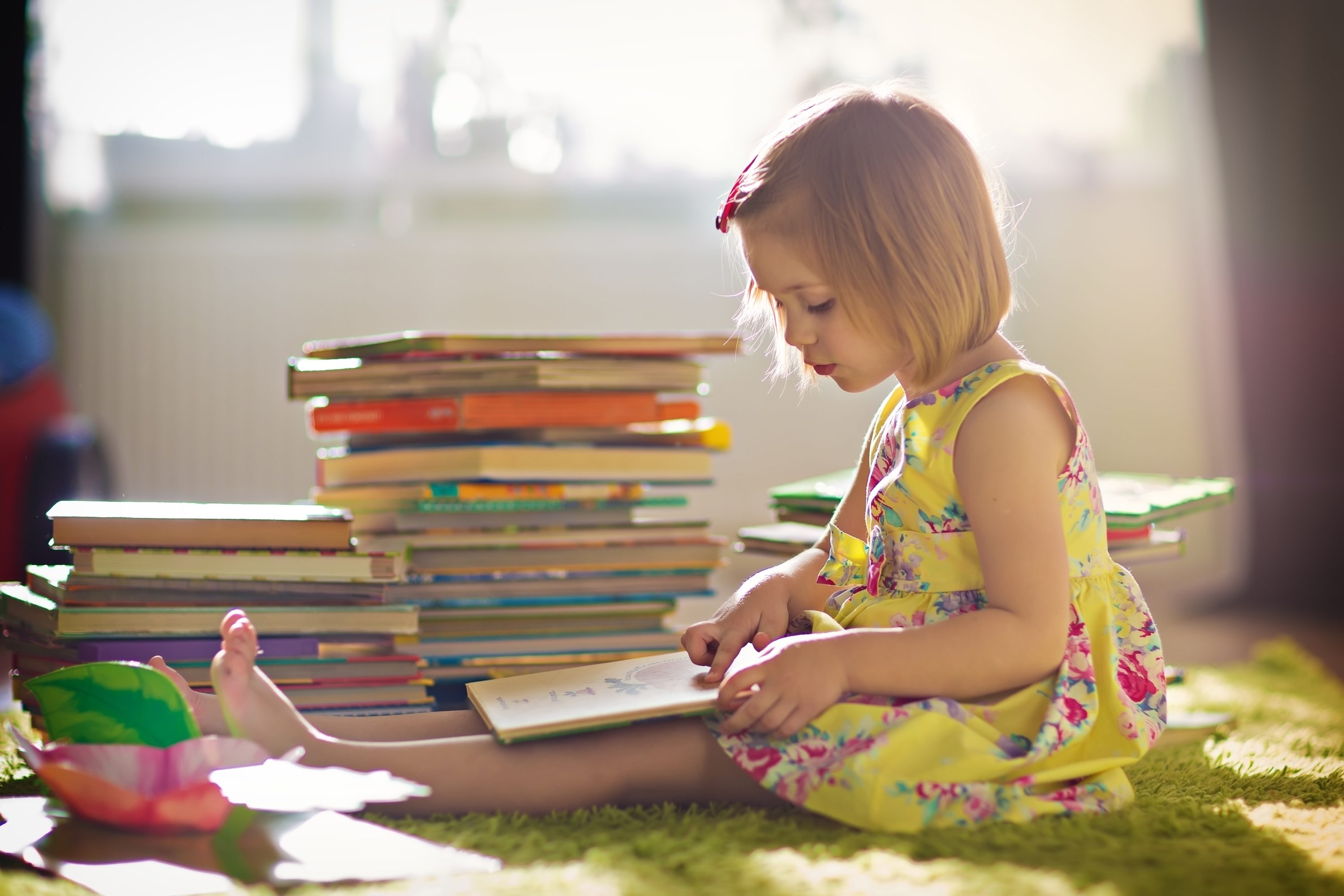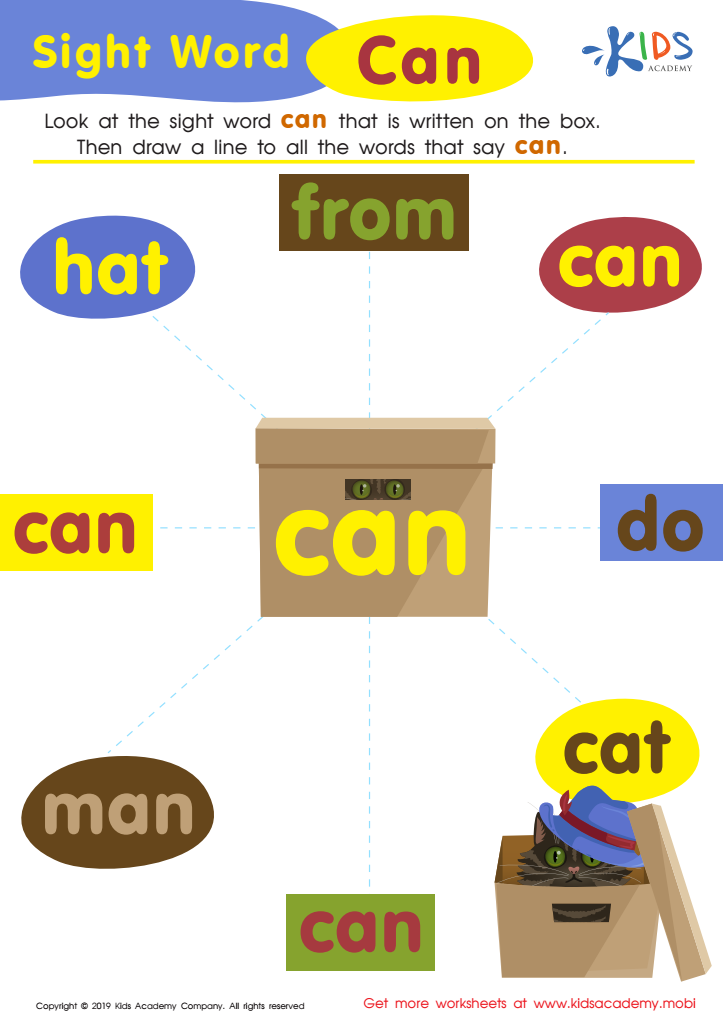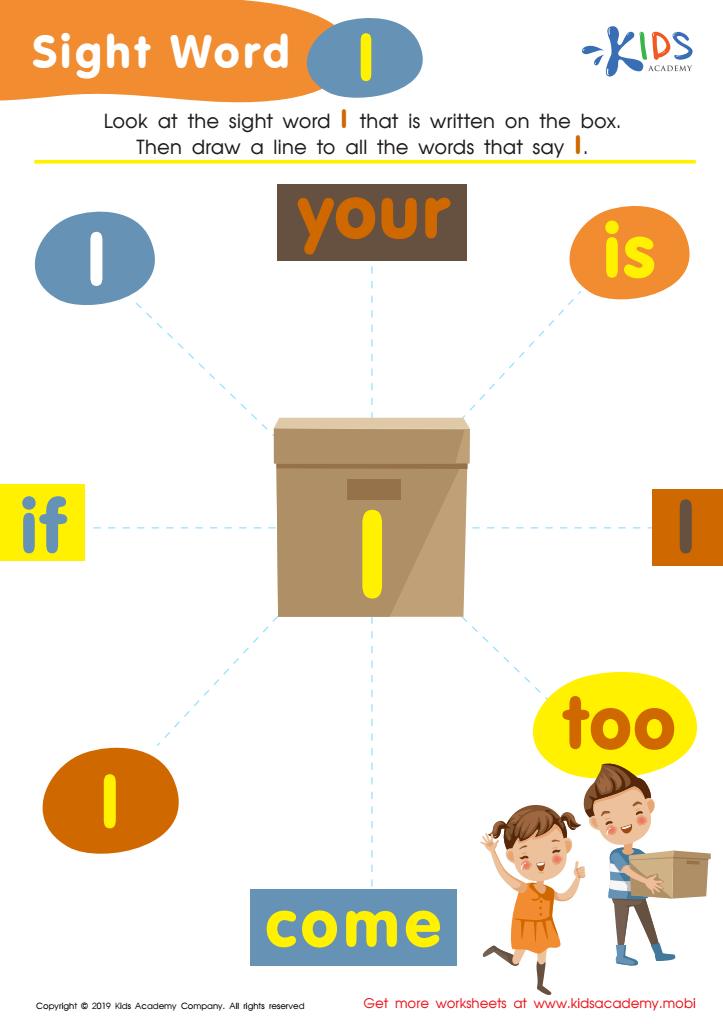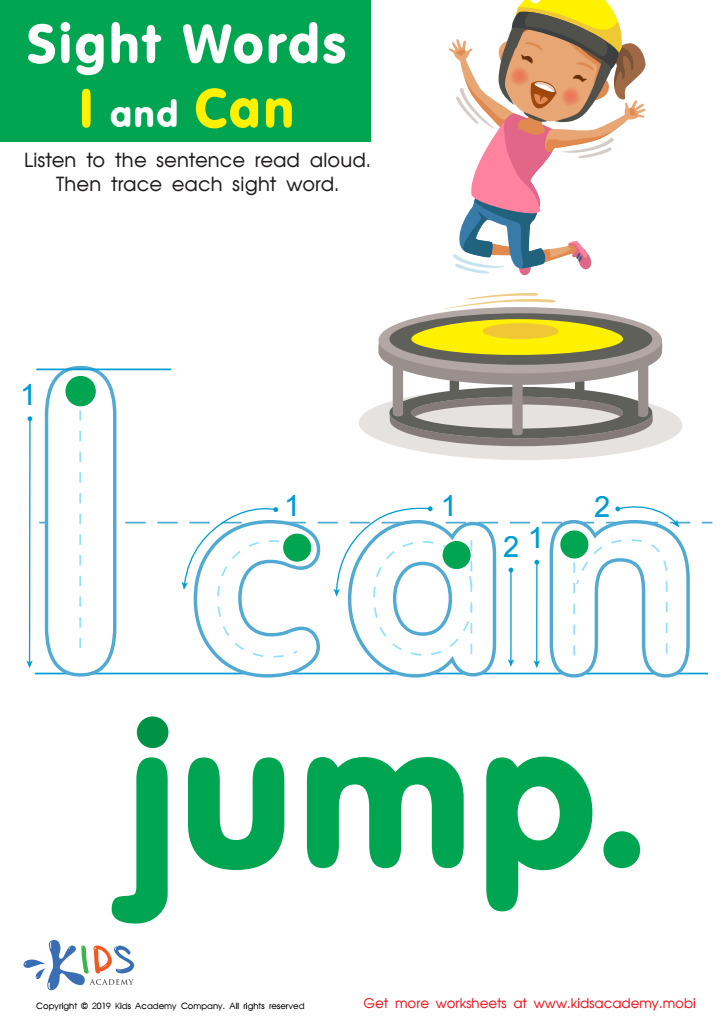-
English
-
English Pre-K
-
Unit 1: Early Literacy Skills
-
ABCs
- Pre-writing Activities
- Letter A
- Letter B
- Letter C
- Letter D
- Letter E
- Letter F
- Letter G
- Letter H
- Letter I
- Letter J
- Letter K
- Letter L
- Letter M
- Letter N
- Letter O
- Letter P
- Letter Q
- Letter R
- Letter S
- Letter T
- Letter U
- Letter V
- Letter W
- Letter X
- Letter Y
- Letter Z
-
Phonological Awareness
- Rhyming Words
- Letter Sounds B, C, D, and F
- Letter Sounds G, H, J, and K
- Letter Sounds L, M, N, and P
- Letter Sounds Q, R, S, and T
- Letter Sounds V, W, X, Y, and Z
- Letter Sounds A, E, and I
- Letter Sounds O and U
- Beginning Sounds
- Matching Letters to Sounds
-
ABCs
-
Unit 2: Vocabulary
-
Common Words
- Sorting Words into Categories
- Color Words
- Verbs and Adjectives
-
Sight Words
- Sight Words 'I' and 'Can'
- Sight Words 'You' and 'Like'
-
Common Words
-
Unit 3: Print Awareness
-
Parts of a Book
- Working with a Book
- Spaces Between Words
- Text and Illustrations
-
Picture Books and Poems
- Picture Book Text Features
- Poem Text Features
- Signs and Labels in the Community
-
Parts of a Book
-
Unit 4: Reading Literature
- Questions About Stories
- Discussing Stories
-
Unit 5: Reading Informational Texts
- Retelling Details in a Text
- Questions About a Text
- Connections Between Events
- Text Features
- Describing Illustrations
-
Unit 1: Early Literacy Skills
-
English Pre-K
-
Math
-
Math for Pre-Kindergarten
-
Logic and Geometry
-
Matching and Sorting
- Same and Different
- Which One Is a Little Different?
- Objects That Go Together
- Sorting by Color and Size
- Sorting The Same Group in Different Ways
- Patterns
-
Shapes
- Shapes in Our Environment
- Naming Shapes Regardless of Size
- Making Shapes in Preschool
- Comparing Shapes
- Relative Positions
- Sorting Shapes
-
Matching and Sorting
-
Early Number Sense
-
Numbers 1–5
- Counting to 3
- Counting to 5
- Arranging Objects up to 3 Objects
- Arranging up to 5 Objects
- Writing Numbers 1–5
-
Numbers 1–5
-
Numbers up to 10
- Counting to 10
- Arranging up to 10 Objects
- Number 0
- Writing Numbers 6–10
- Breaking Down Numbers 6-10
-
Logic and Geometry
-
Math for Pre-Kindergarten
Sight Words 'I' and 'Can'
Parents play a pivotal role in the early literacy development of their children. Read aloud to your children routinely to foster a love of reading. Create a print rich environment by labeling toys and pointing out community signs. As your preschooler develops print awareness, point out sight words.

The goal is for your child to recognize sight words automatically when reading a developmentally appropriate text. Some sight words do not follow common spelling patterns, so memorization is required. Sight word recognition activities are helpful for developing their reading skills. We at Kids Academy believe that sight word practice can be fun. Our worksheets provide research-based learning opportunities to practice these words.
The Sight Word I
The subject pronoun I is one of the earliest sight words for your child to learn. I is one of two words in the English language with only one letter. I is also unique because it is always capitalized, no matter where it falls in a sentence.
Repetition is a good approach to teaching sight words. To keep it engaging, have your child read, trace, write, and make the word. Pictured below is an example of an activity you could use to practice sight words in multiple ways.

The Sight Word Can
Can is a sight word that follows the consonant-vowel-consonant spelling pattern. This high-frequency word is commonly used in texts for young readers.
You can use phonemic awareness activities with the word can. One helpful strategy is to introduce Elkonin boxes, also known as sound boxes. Elkonin boxes allow your child to separate words into individual sounds. Introduce and practice reading the three individual sounds in the word can. Then, focus on memorization.
Connect to Text
Whenever possible, try to connect sight word practice to a real text. Poems and repetitive texts are short and perfect for sight word practice. These books feature the same words on each page, with only one or two differences. Here is an example.
I can eat.
I can run.
I can jump.
I can dance.
Take your child on a ride on the reading rainbow by introducing the simplest ingredient to text. Sight word instruction can start as soon as your child begins talking and recognizing environmental print.
By: Monica Edwards
English Language Arts Teacher, Curriculum Writer




